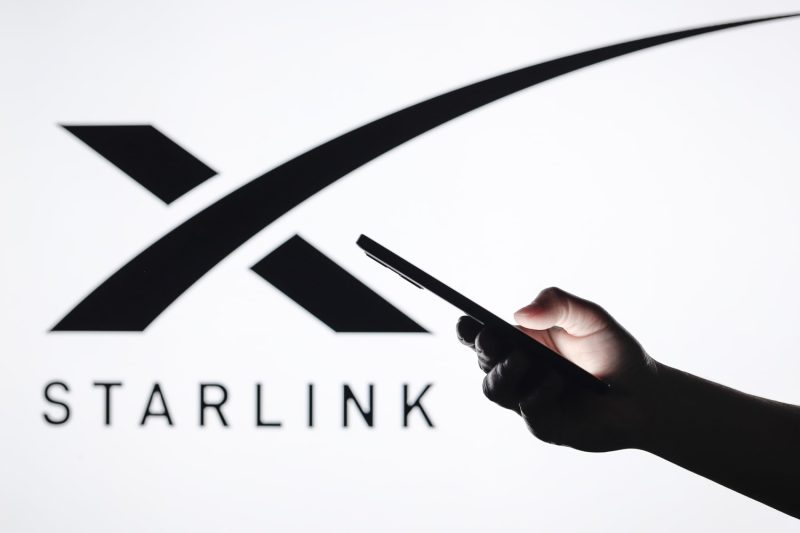Elon Musk’s Starlink Initiative: Bridging the Digital Divide in Storm-Ravaged Regions
Elon Musk, the visionary billionaire and tech entrepreneur, has taken a bold step towards bridging the digital divide with his ambitious Starlink project. This revolutionary initiative aims to provide high-speed, reliable internet access to underserved and disaster-prone areas around the globe. Storm-ravaged regions, in particular, stand to benefit significantly from the deployment of Starlink’s satellite internet technology.
The Impact of Natural Disasters on Connectivity
Natural disasters such as hurricanes, typhoons, and earthquakes can devastate entire communities, leaving them without essential services, including communication infrastructure. In such situations, traditional internet and communication networks often succumb to the destructive forces of nature, compounding the challenges faced by affected populations. The lack of internet connectivity not only hampers rescue and relief efforts but also hinders the dissemination of critical information to those in need.
In the aftermath of major storms, restoring connectivity becomes a top priority for relief organizations and governments seeking to support recovery and rebuilding efforts. However, the conventional process of repairing or rebuilding terrestrial communication infrastructure can be time-consuming, costly, and fraught with logistical challenges, especially in remote or hard-to-reach areas.
Enter Starlink: A Game-Changer in Disaster Response
Elon Musk’s Starlink project offers a disruptive solution to the connectivity challenges posed by natural disasters. By leveraging a constellation of low-earth orbit satellites, Starlink can rapidly deploy high-speed internet services to disaster-affected regions, bypassing the need for ground-based infrastructure that may have been damaged or destroyed.
In the wake of recent hurricanes and other calamities, Starlink has emerged as a crucial lifeline for communities cut off from the outside world. Its ability to establish a reliable internet connection within days of a disaster enables first responders, relief organizations, and affected individuals to communicate, coordinate, and access vital resources more effectively. This enhanced connectivity also facilitates the delivery of real-time updates, emergency alerts, and critical information to those impacted by the crisis.
Moreover, Starlink’s internet coverage extends beyond disaster response to encompass long-term connectivity solutions for underserved communities worldwide. By bridging the digital divide and bringing high-speed internet access to remote regions, Starlink empowers residents with educational opportunities, economic development potential, and improved communication channels.
Challenges and Opportunities on the Horizon
While Starlink’s foray into disaster response and connectivity provision holds tremendous promise, it is not without its challenges. Regulatory hurdles, geopolitical dynamics, and technical constraints may impact the scalability and sustainability of the project in the long run. Moreover, ensuring equitable access to Starlink services for marginalized populations and vulnerable communities remains a pressing concern that requires careful consideration and proactive engagement.
Looking ahead, Elon Musk’s Starlink initiative has the potential to revolutionize connectivity in storm-ravaged areas and beyond. By harnessing cutting-edge satellite technology, Starlink is paving the way for a more resilient, inclusive, and connected future for communities facing the impacts of natural disasters and digital exclusion. As we navigate the complexities of a rapidly changing world, the transformative power of initiatives like Starlink offers a beacon of hope and progress for all those seeking to build a more resilient and connected global community.
